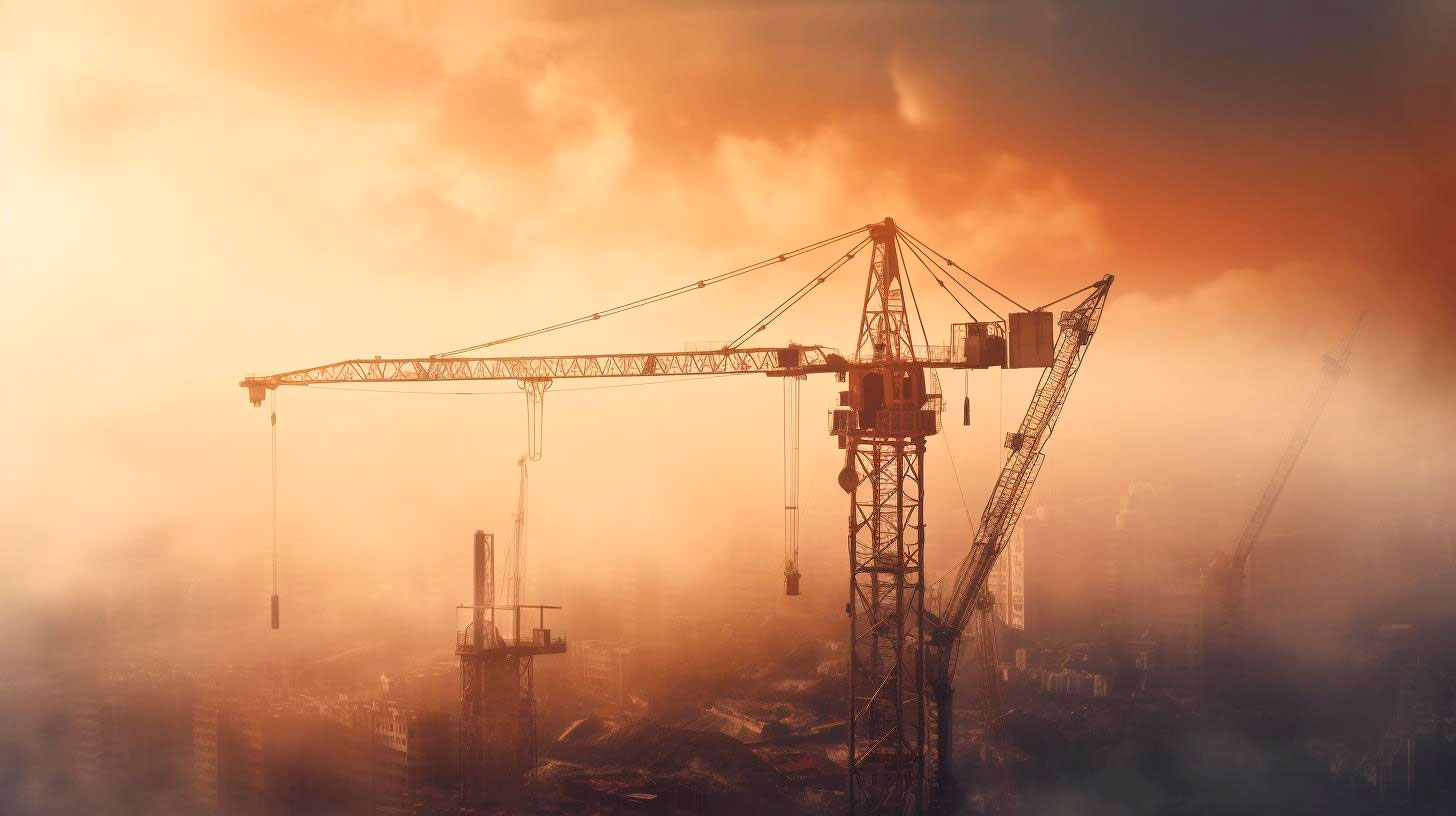Setting the Bar Higher: The Groundbreaking Technology of Floating Wind Farms
This limitation is about to change with the advent of floating wind farms, which have the potential to harness wind power in deeper waters, opening up vast opportunities for offshore wind energy generation.
The Concept of Floating Wind Farms
Floating wind farms are a revolutionary technology that allows wind turbines to be installed in deep-sea areas where fixed foundations are not feasible. By using floating structures, wind farms can be deployed in waters that are several hundred meters deep, far away from the coastline.
Instead of being anchored to the seabed, floating wind turbines are connected to the ocean floor by mooring lines. These lines keep the turbines in place while allowing them to float and adjust their position according to wind and wave directions. This adaptability enables the turbines to capture the maximum amount of wind energy and optimize power generation.
The Advantages of Floating Wind Farms
- Access to Vast Offshore Areas: Floating wind farms have the unique advantage of being deployable in deeper waters, where fixed foundations are not feasible. This means a significant increase in available space for wind energy projects.
- Higher Wind Speeds: Offshore locations often have stronger and more consistent winds compared to land-based wind farms. Floating wind farms can tap into these high-speed winds, leading to increased electricity generation.
- Less Environmental Impact: Floating wind farms cause minimal ecological disturbance as they do not require extensive seabed excavation for foundation installation. They also have the potential to circumvent conflicts with coastal activities and wildlife habitats.
- Reduced Visual Impact: Floating wind turbines are located further offshore, making them less visible from the coast. This addresses aesthetic concerns often associated with traditional wind farms.
- Quick and Flexible Installation: The modular nature of floating wind farms enables efficient assembly and disassembly, making them cost-effective and adaptable to changing energy demands.
Key Takeaways of Floating Wind Farms
- Floating wind farms extend the possibilities of offshore wind energy by allowing deployment in deeper waters.
- Access to higher wind speeds in offshore locations results in increased electricity generation potential.
- Minimal environmental impact due to no or limited seabed excavation and reduced conflicts with coastal ecosystems.
- Reduced visual impact as the turbines are located further offshore.
- The modular nature of floating wind farms offers cost-effective installation and flexibility in meeting energy demands.
According to industry statistics, floating wind farms have already gained traction worldwide. In 2020, the global floating wind capacity exceeded 100 MW, with multiple large-scale projects in operation, such as Hywind Scotland and WindFloat Atlantic. Forecasts predict a significant growth trajectory for this technology, with the global floating wind capacity expected to reach over 15 GW by 2030.
Despite the immense potential, there are some challenges that need to be addressed to ensure the widespread adoption of floating wind farms. Engineering innovations, cost reductions, and regulatory frameworks are crucial to overcome these hurdles and make this technology economically viable and scalable.
In conclusion, floating wind farms are a revolutionary technology that holds the key to unlocking vast offshore wind resources. By harnessing the power of the wind in deeper waters, these innovative structures overcome the limitations of traditional wind farms. With their advantages of increased available space, higher wind speeds, minimal environmental impact, reduced visual impact, and flexible installation, floating wind farms are set to change the offshore wind energy landscape and pave the way for a greener and more sustainable future.
